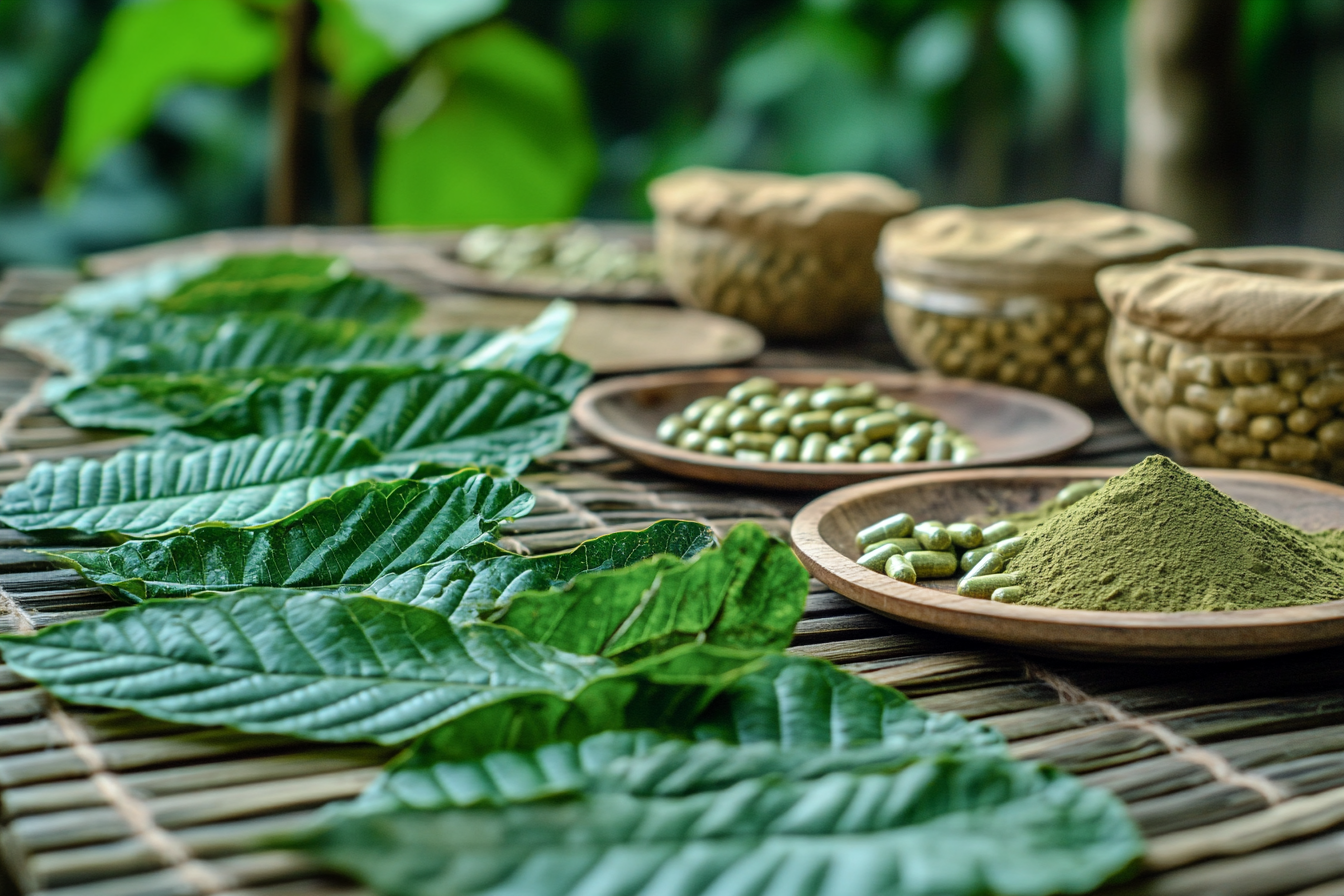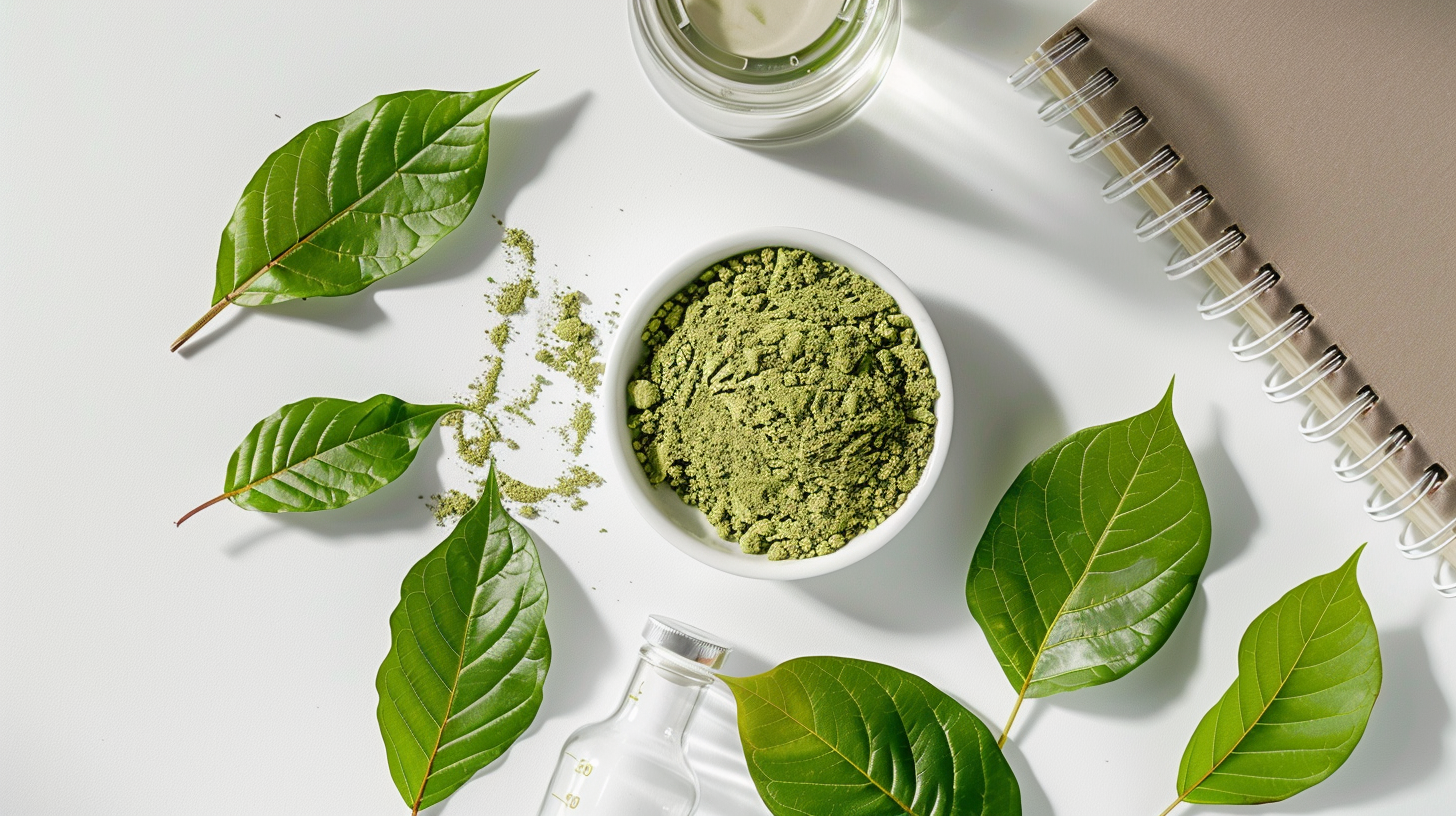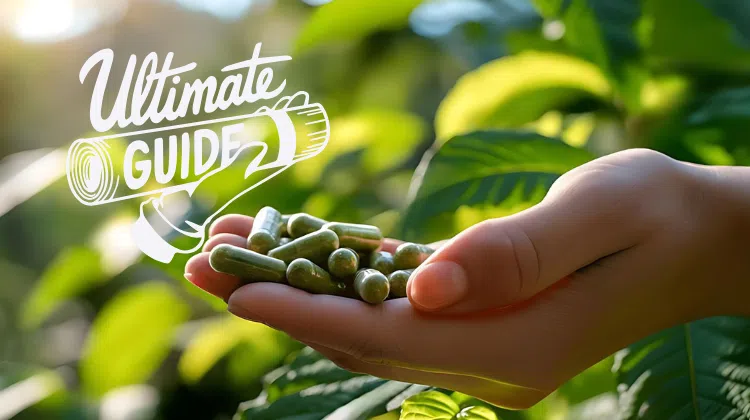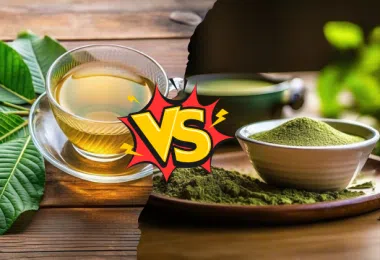
How to Read Kratom Lab Test Results: A Complete Guide
Ever wondered what’s really in your Kratom? Lab test reports are the key to understanding...
View PostYour cart is currently empty.
Continue ShoppingMenu
Cart
Your cart is currently empty.
Continue ShoppingSearch

Kratom is a plant that inspires curiosity, debate, and misunderstanding. Some people hear about it through headlines, others through friends, but few have a complete picture of what it is. At its core, kratom is a tropical tree with leaves that contain dozens of naturally occurring compounds called alkaloids.
This guide explains kratom clearly and completely. From the tree itself and its chemistry to its history, legality, and the standards that define real quality today.
1. The Kratom Tree: Nature’s Coffee Cousin
Takeaway: Kratom’s chemistry is inseparable from the tropical environment where it has always grown.
2. Alkaloids: The Natural Chemistry of Kratom
Alkaloids are compounds that many plants produce to survive. They are not unique to kratom; some of the world’s most familiar plants rely on them.
Why Plants Make Alkaloids
Other Plants That Produce Alkaloids
Kratom belongs to this broader family of alkaloid-producing plants. Its alkaloids are distinct, with mitragynine as the primary compound.

3. The 7-Hydroxymitragynine (7-OH) Question
Few alkaloids have drawn more attention than 7-hydroxymitragynine.
Takeaway: 7-OH does not appear in fresh leaves. It is a trace byproduct of drying and always remains minimal in natural kratom.
4. Alkaloids in Kratom: Real Lab Data
Scientists have identified more than 40 alkaloids in kratom, though only a few appear in significant concentrations. Each batch carries a unique “fingerprint,” which is why lab testing matters.
Here are the COA Results illustrating the alkaloid profile from one batch of Golden Monk Green Vein Kratom tested in July 2025:
Minor Alkaloids (per 2.5 g serving):
Total Measured Alkaloids:
Other alkaloids sometimes identified in kratom include akuammigine, corynantheidine, rhynchophylline, epicatechin, mitraciliatine, stipulatine, and tetrahydroalstonine. These typically occur in trace amounts.
5. A Cultural History of Kratom Use
Kratom has been part of daily life in Southeast Asia for centuries.
6. Strains and Leaf Variations
Kratom is marketed by vein color and strain name.
Takeaway: Strain names are guides, but vein color, harvest timing, and lab reports reveal the most accurate details.
7. Traditional and Modern Consumption
Traditional methods:
Modern methods:
Takeaway: Whether chewed, brewed, or packaged in capsules, the leaf itself is the foundation.
8. Legality and Regulation
Kratom’s legal status is patchwork and constantly changing.
Takeaway: Always confirm local laws before purchasing or traveling with kratom.
9. Quality and Safety Standards
True quality means more than “lab tested.” At Golden Monk, every batch is subject to full panel testing and handled under controlled conditions that meet global food safety benchmarks.
Full Panel Testing Covers:
Cleanroom Packaging and Controls
Quarantine and Storage
Takeaway: Quality kratom requires clean rooms, GMP standards, ATP swabs, and global food safety systems. Not just alkaloid testing.
Final Word
Kratom is a tree with deep roots, complex natural chemistry, and centuries of cultural history. Today, its story is shaped not only by tradition but also by science, regulation, and trust.
At Golden Monk, our mission is simple: respect the leaf and respect the customer. That means full panel testing, ISO8 clean room packaging, ATP cleanliness verification, GMP compliance, and honest pricing. No shortcuts. No gimmicks. Just clean kratom, delivered with care.

Ever wondered what’s really in your Kratom? Lab test reports are the key to understanding...
View Post
Are you also confused about which Kratom form you should try for your busy schedule?...
View Post
When discussing ‘Kratom Tea vs Powder,’ you must understand that Kratom tea is brewed from...
View PostBy clicking yes you also confirm that you have read and agree to GoldenMonk's Terms of Service and Privacy Policy and Goldenmonks’s service provider’s terms of service and privacy policy.